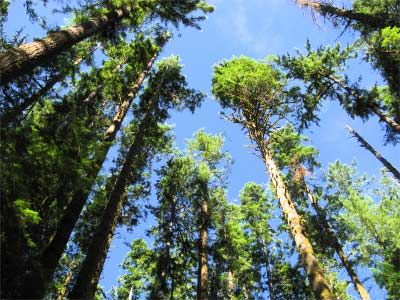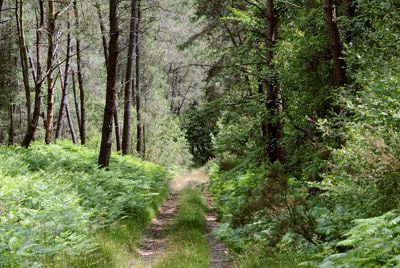A dead tree can be as striking as one that's in full bloom. As American poet Joyce Kilmer once said, "I think that I shall never see, a poem lovely as a tree." In autumn, the leaves of deciduous trees change from green to vibrant reds, yellows and oranges.
Weekend drives to view the beautiful foliage is a must for people on the East Coast of the United States. In the winter, those leaves turn brown and brittle and eventually fall to the ground to be raked up and bagged or mulched and recycled into the earth.
Advertisement
By spring, those trees come back to life, the green leaves appear once again and flowering trees blossom into beautiful showpieces. This is the cycle of a healthy, living tree. Besides adding so much beauty to the surrounding environment, trees also provide oxygen, shade and homes for insects, birds and animals.
A healthy tree has an amazing ability to adapt and survive and is designed to withstand the harshest of elements. Trees are living, breathing things, and like humans, they can get sick and die.
Tree disease can take down even the mightiest oak or redwood, but many put up a fight much like a person would when faced with a potentially deadly sickness. A completely disease-free tree is rare because of the many microscopic organisms that live on trees -- in the bark and in the root tissue. But trees are tough and usually can co-exist with the pathogens.
But sometimes tree disease can take hold in such a way that doesn't allow for recovery. When this happens, the tree can become susceptible to other diseases, and if it can't save itself, humans can step in and lend a hand. But just like a doctor treating a patient, sometimes a tree is so far gone that it becomes a liability.
A dead or dying tree in your front yard can fall on your house and leave you with a new set of problems. When dead trees are too sick to save, the tree needs to be removed. In this article, we'll look at some common tree diseases, how they're diagnosed and what can be done to save a sick tree.
Advertisement



